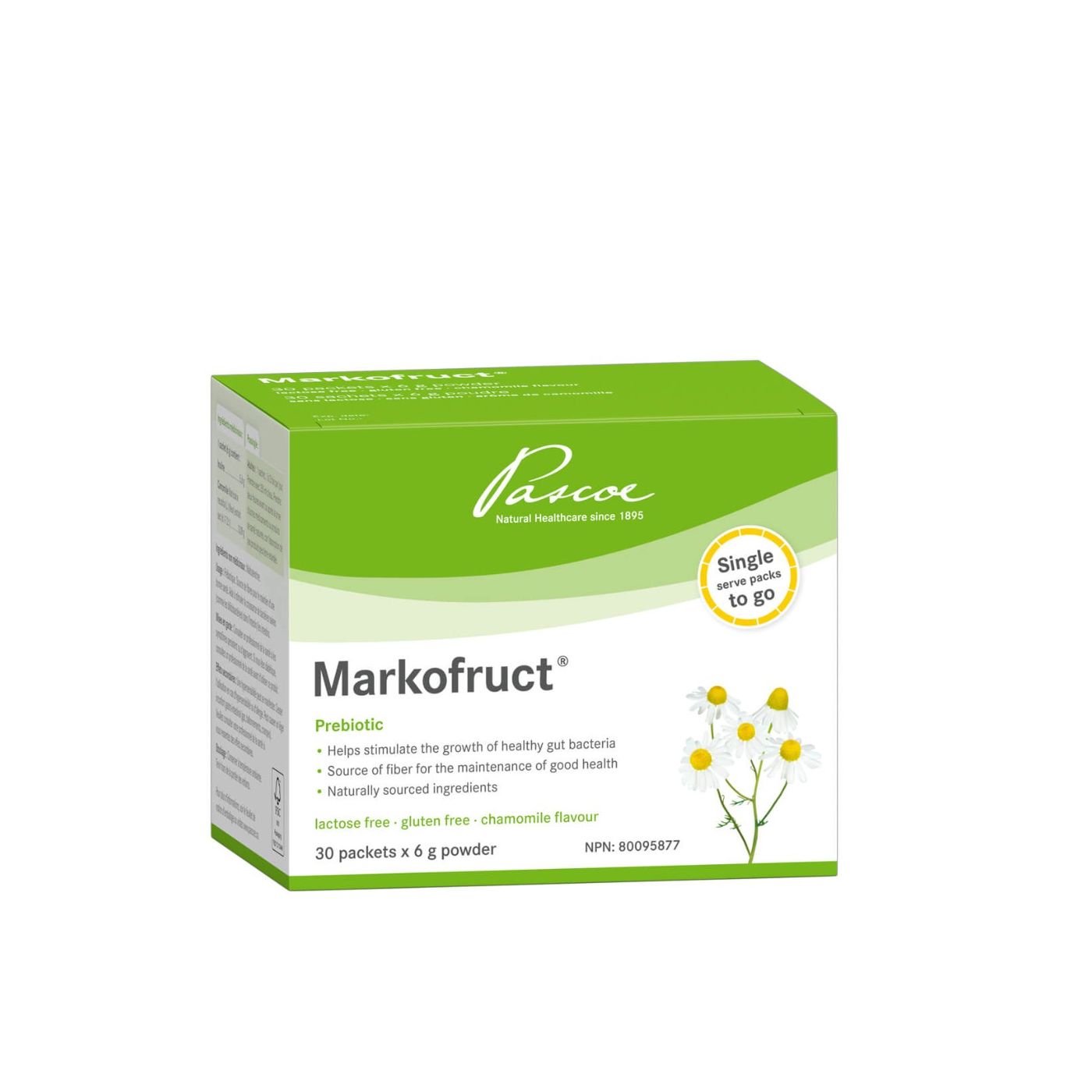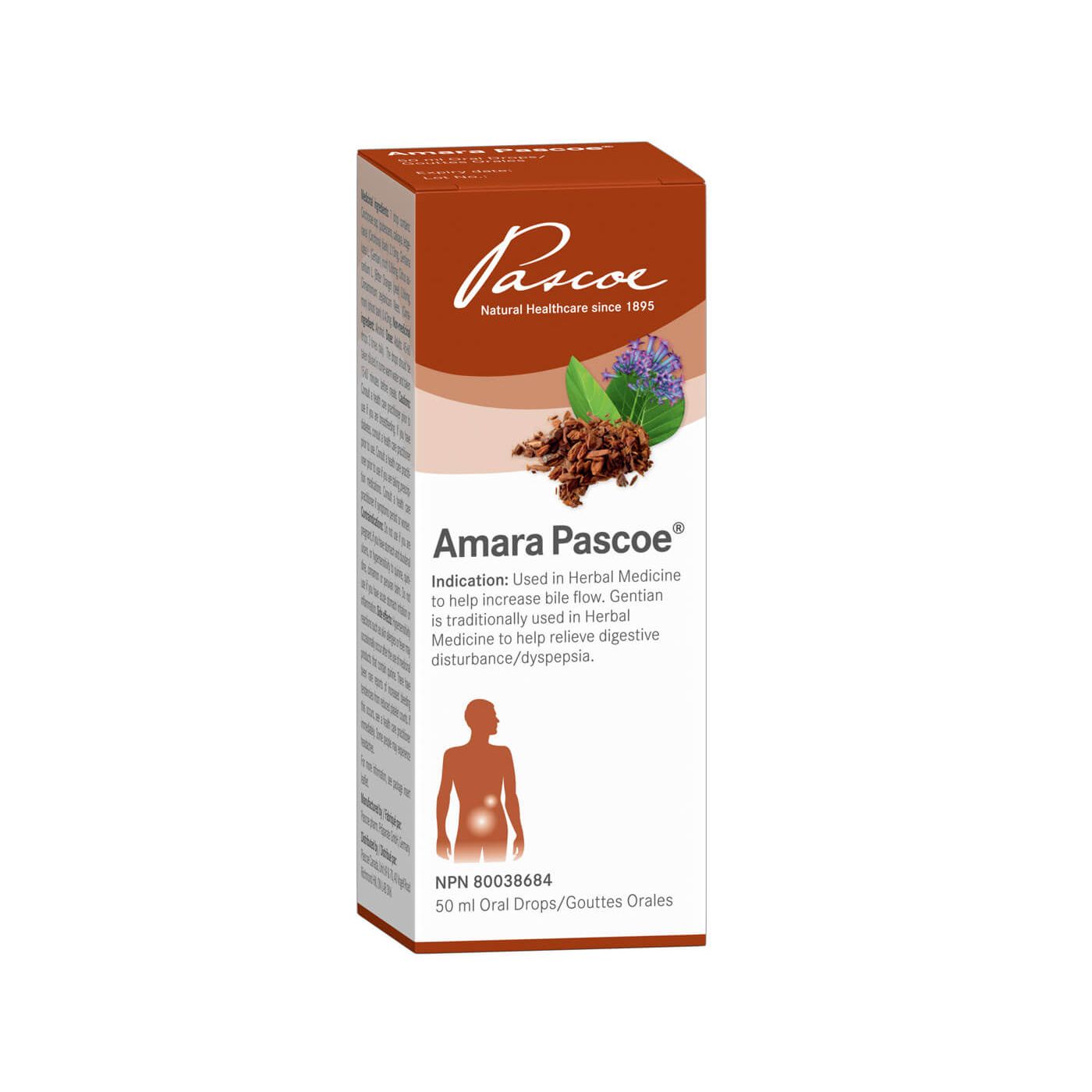Christmas cookies: how healthy are walnuts, oat, nutmeg, cinnamon and other spices?
Christmas cookies, such as cinnamon or vanilla cookies, are not only good for our soul but also for our body?
In the weeks before Christmas every other household has its tradition of baking cookies: roll and use different molds to cut as much as you can and involve the kids in the bargain to ensure a messy but a deliciously warm and family fun haven during pre-Christmas time.
The goal is to make delightful Christmas cookies in different varieties. We enjoy using spices more during this time of the year than any other time; spices such as nutmeg, cinnamon and cloves, as if we are trying to compete and bring out the most delicious scents out of the stove while baking.
What most people don’t know: these spices have not only that extra something to make cookies taste out-of-this-worldly but also, if not used in excess, have huge health benefits. This is also true not only for the spices, but also for the other ingredients, such as oat, walnuts, almonds, and other ingredients used in recipes. Here, the cookie connoisseur benefits from the vast use of unsaturated fats such as omega 3 and 6 as well as the beta glucans.
How healthy are Christmas cookies?
Well, as in everything else, it is the amount we eat and the ingredients we choose which can change the answer to this question. Obviously Christmas cookies are not exactly the first healthy option, just the fact in how calorie rich each cookie can be doesn’t allow it to be the healthiest choice.


But if the ingredients are substituted with a healthier variant of flour, a wholewheat instead of the white or even go gluten free, of if you opt out for the healthier oils and don’t overdo the daily cookies eaten, then Christmas cookies could be the food for your soul during the cold months of the year and benefit your body at the same time.
Cassia vs. Ceylon cinnamon: which one to use?
One of the most known culinary spices, used in ground or as cinnamon bark for Christmas cookies (Cinnamomum aromaticum). Around 2700 B.C. cinnamon was mentioned in the first spice and herb book of the Emperor Shen Nung and is one of the oldest known and used spices. The healing benefits are based in the essential oils and tannins of the cinnamon bark which are known to be antibacterial, antispasmodic and even analgesic.The range of use is very varied. Often, cinnamon is used to increase appetite, for nausea, bloating as well as for other IG track issues.
The Cassia- cinnamon (aka Chinese cinnamon or Cinnamomum aromaticum) is the most frequently used and less costly variety compared to the Sri Lankan cinnamon, also known as Ceylon cinnamon (Cinnamomum verum). Cassia cinnamon contains a high amount of a compound called coumarin, which, if consumed in high dose or long term, is harmful for the body, specifically the liver.
So, if you want to have a choice of cinnamon, opt for the Ceylon variety.
Oat: not only a grain but also a medicinal plant
Oat (Avena sativa) has been known and used as a grain in Europe for over 4000 years. Even hunter-gatherers during the stone age knew of the benefit of the oat grains. We lost interest in oats as a food source for ourselves as the use of oats for animals such as goats and horses grew to be beneficial. In some cultures, oat remained to be a food source, but was considered more for underprivileged ones whereas the rich switched to white flour.
Nowadays we have regained our trust in oats, especially as a great food source for amino acids, iron, fats but also fibers and carbs. Because of its positive effect on the nervous system and the brain, oats have been known to be a nutritious source of food to help with focus, concentration, and sleep. The green oat tea was traditionally used as a calming drink for nervous and fatigue problems, urological and rheumatic issues as well as to support and help with building up the overall health.


Nutmeg: enjoy in small doses, avoid in high doses!
Nutmeg (Myristica fragrans, Nux moschata) was called the Golden East India nut, and as such even a small amount worth as much as gold. Wars were fought because of nutmeg spice, between Britain, Spain, Portugal, and the Netherlands. Some native Asian cultures used nutmeg as a healing spice to help with lack of appetite, IG issues and dizziness.
In general, this traditional usage of nutmeg has continued to be used for the same issues. Less is More; Use nutmeg with caution in cooking and backing, in high doses it is toxic. Only in small doses can we enjoy this special spice and in different ways. Even in cocktails.
Nutmeg flower (Myristica fragrans houtt.), Mace – the false flower
Mace, also called the nutmeg flower, delivers a more elegant taste than the warmer taste of nutmeg. Mace tastes like a mix of nutmeg, cloves and honey together; ideal for cookies. The name nutmeg flower is perhaps incorrect as mace is not the flower of the nutmeg, rather the dried aril or lace covering of the actual nutmeg.
Mace can be used and substitute nutmeg in the culinary recipe, especially when there is the need for a finer aroma. As with nutmeg, mace is antispasmodic and has a positive effect on the IG. Again, less is more with this spice.
Walnuts
The Latin name of the true walnuts is Juglans regia and means the “Royal Fruit of Jupiter”. The name alone is indicative that the nut has had traditionally a mythical role and the tree, because of its kingly look and rich fruits, has been connected to regality and fertility.
Different parts of the tree, from its leaves, to the nut and even the nutshell have been found to be beneficial and are used in natural medicine. There are recorded uses in treating headaches, rashes, inflammation of the lymph nodes and liver conditions.
Aside from Juglans regia, the Juglans cinerea, or the gray walnuts, but more so the black walnut, Juglans nigra, are used in natural medicine, from treating parasites, gargle mixture or as a hair dye; as you can see, walnut usage is very varied.
Cloves are handpicked flower buds of the clove tree, family Syzygium aromaticus, which can grow up to 20 m. Clove has been used for antiseptic, bactericide, fungicide and virustatic (virus inhibiting). The heavy and aromatic smell of clove is often associated with the dentist visit. The essential oil of clove has been used in oral medicine and for inflammation of the mucous membranes of the mouth and upper GI.
Chewing on a clove can help to repel bad taste in the mouth or help even bad breath or toothache. Don’t try to avoid going to a dentist, though; if you have a toothache, have it checked before it gets worse. Caution is necessary with clove, as it is one of the heavy aromatic spices.
Vanilla (Vanilla planifolia), The Queen of spices
Vanilla is not a bean, but actually derived from the pod of the vanilla orchids. The flowers need to be hand pollinated in a very difficult manual process, and the plants are very rare. Hence, the high price for the vanilla beans and it’s rarity. After the pods are harvested and fermented in a long and difficult process of blanching and sun drying, the ripening phase can start. Vanilla has not received that much attention as a healing plant other than to help with uplifting the mood and calming.
If you are using vanilla pods in your kitchen, don’t throw out the scrapped pods. Put them in a jar and fill it with sugar. You will have a very aromatic vanillin sugar to use for your coffee and tea.
Oat-Cinnamon Christmas Cookie
For the dough: mix 50g room temperature butter, 40g honey, 7 tablespoon (TS)milk, 1 egg and 4 TS vanillin sugar in a bowl. Mix separately:125g oat flakes, 165 milk, 35g raw sugar (or substitute with monk fruit), 1.5 teaspoon baking powder, 0.5 teaspoon Ceylon cinnamon, a bit of nutmeg, 100g ground walnuts and 100g dried organic apricot cut in small pieces. Mix the dry mixture with the first, place small portions on a cookie sheet (use parchment paper if necessary) and back at 190°C for ca. 15 min. Leave them to cool down before enjoying.
Have a great time baking Christmas cookies!
Disclaimer
Pascoe Canada does not offer health or medical advice as we are not a healthcare practitioner. Please speak with your healthcare practitioner before beginning any program related to nutrition, diet, exercise, fitness, medical, and/or wellness. All content published by Pascoe Canada is developed through collaborating with licensed medical professionals and contributors. This includes text, graphics, images, and other material on the website, newsletter, and products (“Content”). This content is for informational purposes only and does not constitute medical advice. The content does not substitute professional medical advice, diagnosis, or treatment. Please always do your own research on whether this is for you along with your healthcare practitioner advice. Always consult your healthcare practitioner prior to using specific herbs because you might have underlying conditions that need professional care. The content is general in nature and is subject to change. It is not intended to cover all possible uses, directions, precautions, warnings, drug interactions, allergic reactions, or adverse effects.




